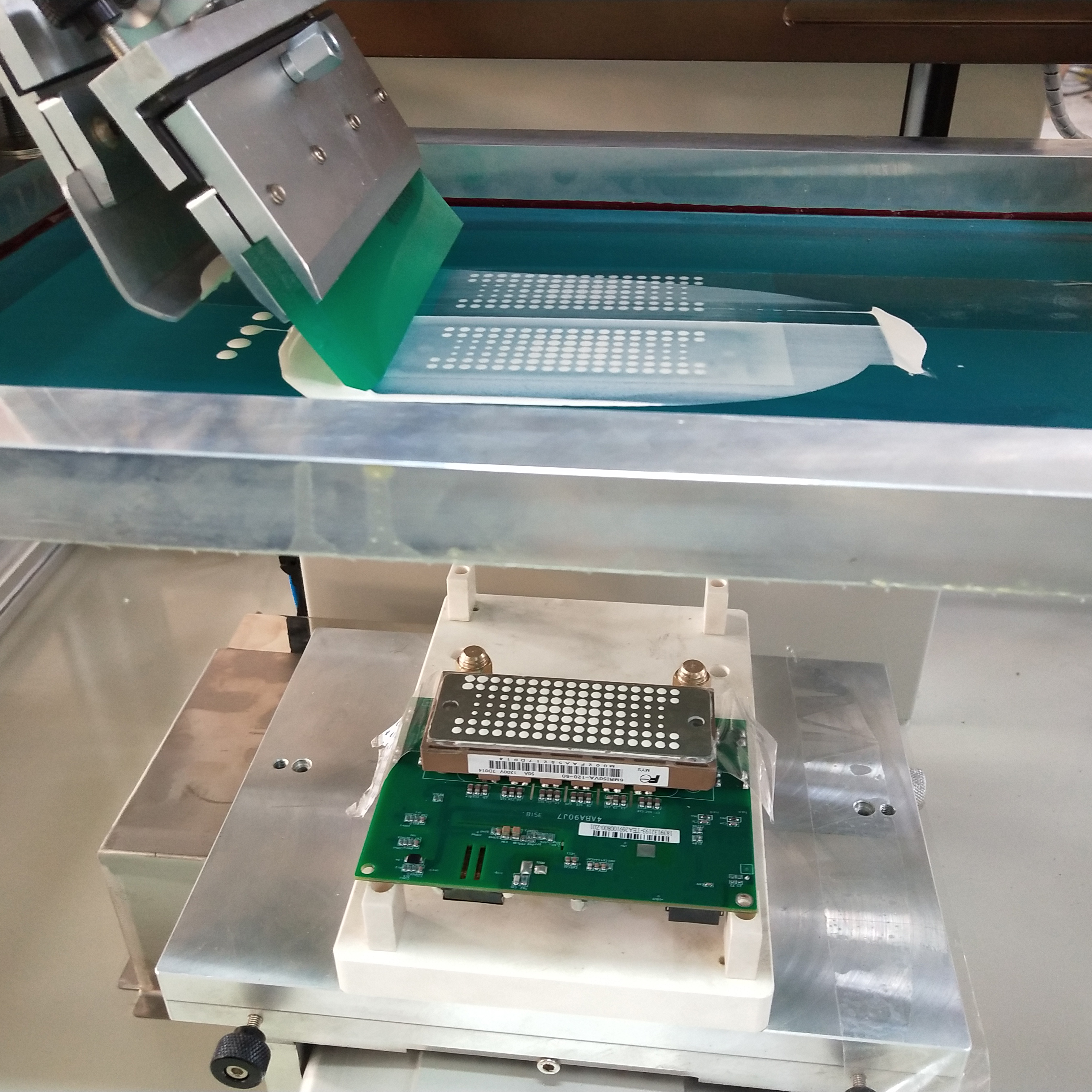
Industry Science | Detailed explanation of screen printing technology 1. What is the online version? Screen plate (also known as screen printing plate) is the core tool of screen printing technology. It consists of a screen, a screen frame and a photosensitive adhesive layer, and pattern transfer is achieved by controlling the ink transparency of the graphics and text areas. Its core principle is to use the exposure and development characteristics of the photosensitive adhesive to form a comparative structure between transparent (printed area) and closed (non-printed area) on the surface of the screen. Screen versions are widely used in electronic circuits, glass printing, textile printing and other fields, and have the advantages of high adaptability, low cost and large-scale production. 2. Analysis of the entire process of screen production (I) Preparation before screen production 1. Select the number of screen mesh mesh mesh according to the printing needs: Select the number of mesh mesh (such as 80-400 mesh) according to the printing needs. The high mesh number is suitable for fine patterns, and the low mesh number is suitable for thick ink layer printing. Wire mesh material: Commonly used mesh yarns include stainless steel yarn, polyester yarn and nylon yarn. When printing normally, it is recommended to choose yellow polyester yarn, because the white wire mesh surface is smooth and the color is light, which will occur when ultraviolet rays are exposed to.
 English
English English
English